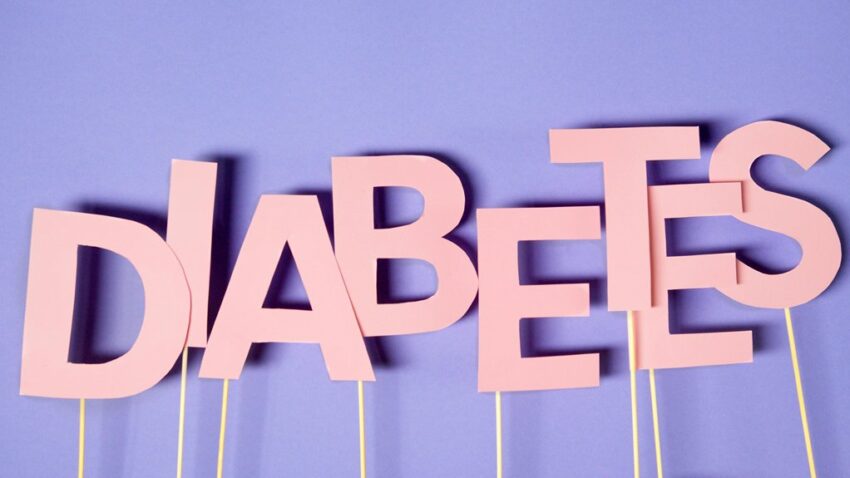Imagine you’re at work and suddenly feel dizzy; your blood sugar is dropping. In moments like these, knowing how to raise your blood sugar quickly is vital. Fast-acting carbohydrates can be your best friend, but you also need to recognize the right foods and drinks to use. What should you keep handy to guarantee you can act swiftly and effectively? Let’s explore the essentials for managing low blood sugar.
Understanding Blood Sugar Levels
Blood sugar levels, often referred to as glucose levels, play an essential role in your overall health and energy. Maintaining stable glucose levels is vital for your body’s daily functions.
When your blood sugar rises, your pancreas releases insulin to help cells absorb glucose. Conversely, when levels drop, your body signals the need for more fuel. Understanding this balance is key to making informed dietary choices.
You can keep your levels steady by consuming balanced meals that include fiber, protein, and healthy fats. Incorporating regular physical activity also helps regulate blood sugar. Additionally, supplements like Sugar Defender 24 may aid in supporting blood sugar levels for those looking for extra assistance.
Monitor your intake of sugary foods and drinks, as they can cause spikes and crashes. By being proactive, you can support your body’s energy needs effectively.
Recognizing Symptoms of Low Blood Sugar
Recognizing the symptoms of low blood sugar is essential for maintaining your health and well-being. You might experience feelings of dizziness, confusion, or shakiness when your blood sugar drops.
Sweating, irritability, and an increased heart rate are also common signs. Pay attention to these cues; they can escalate quickly. If you notice weakness or extreme hunger, it’s vital to act right away.
You may also experience headaches or blurred vision. Keep a journal to track your symptoms and times when they occur, helping you identify patterns. Additionally, consider incorporating natural supplements like CelluCare, which can support healthy blood sugar levels.
Quick Snacks to Boost Blood Sugar
When you’re feeling the effects of low blood sugar, having quick snacks on hand can make all the difference.
Opt for snacks that are easy to grab and eat, like a piece of fruit—bananas or apples are great choices. Granola bars or trail mix provide a good balance of carbohydrates and protein, helping to raise your levels fast.
If you need something savory, consider cheese and whole-grain crackers. Peanut butter on whole-grain toast or rice cakes is another excellent option.
These snacks not only boost your blood sugar but also keep you satisfied longer. Remember to always keep a few of these snacks in your bag or desk, so you’re prepared whenever low blood sugar strikes!
Effective Drinks for Rapid Glucose Increase
If you’re looking for quick ways to raise your blood sugar, drinks can be an effective choice. Here are some options that can help you get back on track fast:
| Drink Type | Glucose Content (grams) |
|---|---|
| Fruit Juice (e.g., orange) | 25-30 |
| Regular Soda | 30-40 |
| Sports Drinks | 20-30 |
When you’re in a pinch, grab a glass of fruit juice or a can of regular soda. These drinks provide quick sugar that your body absorbs rapidly. Just make sure to monitor your blood sugar afterward, as these drinks can lead to a sugar spike. Always keep a few options handy for emergencies!
The Role of Glucose Tablets and Gels
While drinks like fruit juice and soda can quickly elevate your blood sugar, glucose tablets and gels offer a convenient and portable alternative for managing low blood sugar episodes.
These products are designed to deliver a precise amount of glucose, making it easy to control your intake. Just pop a tablet or squeeze some gel into your mouth, and you’ll often start feeling better within 15 minutes.
They’re lightweight, easy to carry, and can fit in your pocket or purse, ensuring you’re prepared when you need it most.
When you experience symptoms of hypoglycemia, don’t hesitate to reach for these quick-acting solutions. Keep a supply handy, so you’re always ready to take action and restore your blood sugar levels efficiently.
Importance of Carbohydrate Timing
Understanding the timing of carbohydrate intake is essential for effectively managing your blood sugar levels. Consuming carbs at the right time can help you prevent spikes and crashes. For instance, eating complex carbohydrates before physical activity provides sustained energy, while simple carbs can quickly elevate your blood sugar after a dip.
To optimize your blood sugar control, aim to pair carbs with protein or healthy fats. This combination slows digestion, leading to a more gradual increase in blood sugar.
Monitor your body’s response to different timing strategies; it varies for everyone. Keep a food diary to track which timings work best for you. By paying attention to when you eat carbs, you can maintain steadier blood sugar levels and improve your overall well-being.
When to Seek Medical Attention
Knowing when to seek medical attention is vital, especially if you experience symptoms of dangerously low or high blood sugar.
If you feel shaky, confused, or dizzy, it might be a sign of low blood sugar (hypoglycemia). You should act quickly by consuming fast-acting carbohydrates, but if symptoms persist or worsen, don’t hesitate to call for help.
On the flip side, if you experience excessive thirst, frequent urination, or fatigue, these could indicate high blood sugar (hyperglycemia).
In such cases, monitor your levels and take appropriate action. If blood sugar remains high despite your efforts, reaching out to a healthcare professional is important.
